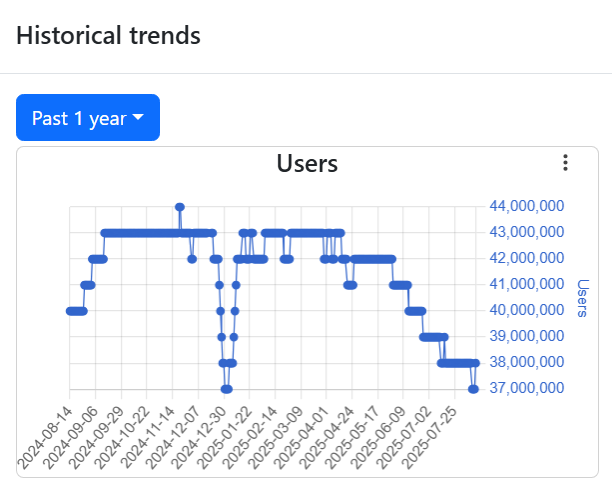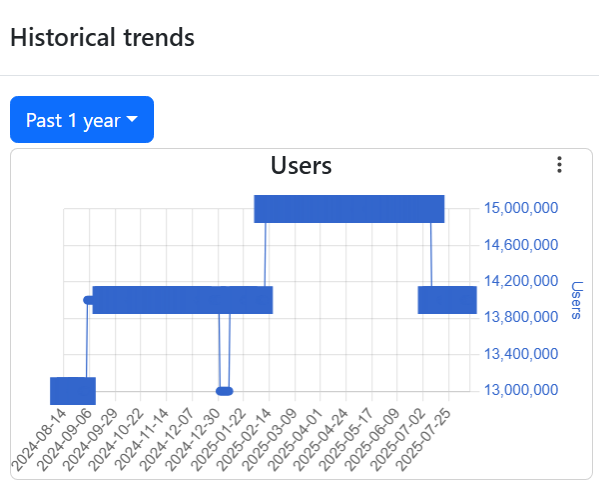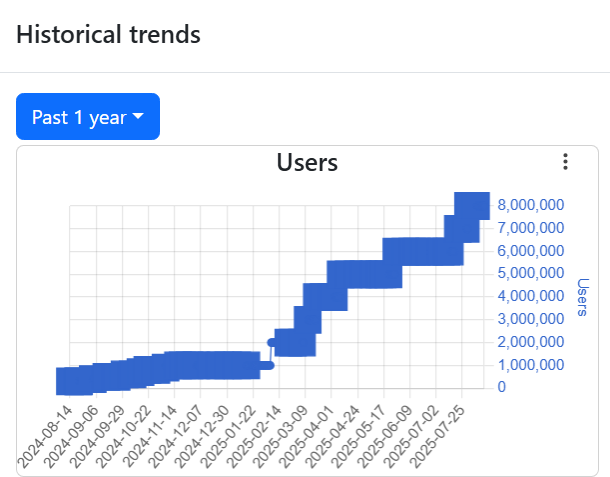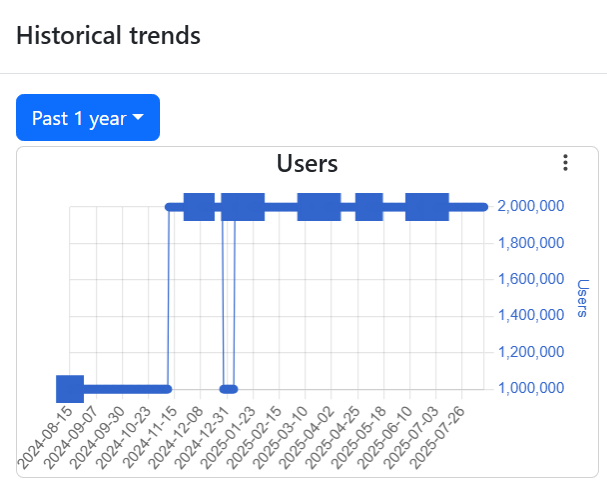 Home >
Home > 
How Manifest V3 Changed Ad Blocker Extensions
First announced in 2018, Google made one of the most critical transitions in its extensions with the implementation of Manifest V3 (MV3). Officially starting this transition on June 3, 2024, let's analyze the impact of MV3 on third-party extensions, mainly ad blockers, as well as their latest updates.
Changes implemented by Manifest V3 for Chrome Extensions
Google's Manifest V3 (MV3) changes how Chrome extensions work.
- Reduced use of permissions: V3 extensions have more limited access to browser data and functionality.
- Service workers instead of background pages: It replaces background pages with service workers, reducing memory consumption and improving browser performance.
- Declarative NetRequest API (DNR): It offers an improved method for filtering and modifying network requests securely. It defines rules to block, alter, or allow specific network requests based on user permissions.
The MV3 was designed to improve security, performance, and privacy. However, it restricted some ad blocker functionalities, impacting their effectiveness. For instance, users encountered issues blocking ads on platforms like YouTube, and in some cases, this transition rendered them completely dysfunctional. MV3 extended rule limits and added features to improve DNR; however, some ad blockers that were relied upon in MV2 are now limited or disabled. MV2-only ad blockers stopped working in Chrome; therefore, users switched to MV3-compatible extensions or another browser.
Timeline
- Dec 2020: MV3 becomes available in Chrome 88 Beta, the first Chrome version to include Manifest V3 support for extensions.
- Jan–Jun 2022: Chrome Web Store stops accepting new private and public MV2 extensions.
- May–Oct 2024: Google begins the MV2 depreciation process before the stable public release: warnings in the Chrome Web Store are displayed, and users can temporarily re-enable their extensions.
- Mar 31, 2025: MV2 is disabled by default for all Chrome users (temporary toggle to re-enable). Enterprises could delay the transition via policy settings.
- Jul 24, 2025 (Chrome 138): MV2 is disabled everywhere in Chrome. MV2 support has been fully removed in Chrome 139, also for enterprises.
Timeline sources:
- Chrome for Developers - MV2 Deprecation timeline.
- Chromium Blog - Manifest V2 phase-out begins.
Consequences for ad blockers
The transition to Manifest V3 has fundamentally reshaped the ad-blocking landscape across Chrome extensions. While some ad blockers like AdGuard and Stands maintained relatively stable user bases, others experienced significant fluctuations or feature limitations. The varying impacts on different extensions highlight how MV3's architectural changes affect each ad blocker's ability to filter content effectively.
Adblock Plus
Adblock Plus released its Manifest V3 version on May 3, 2024, following Google's new extension platform. The MV3 Adblock Plus version now lets its users pick from up to 100 filter lists and turn on 50 at the same time. Also, they update those lists more often to still work well under MV3's restrictions.
Over the past year, Adblock Plus’s user base saw notable changes during the MV3 transition. After steady growth to over 44 million users in late 2024, numbers dropped to around 37 million by early January 2025, then partially recovered to about 42 million. Since April 2025, the user base has had a steady decline, which might be caused by the MV3 transition, reaching roughly 37 million by late July.

“Historical trends for Adblock Plus - Free ad blocker.” Screenshot taken from Chrome Stats. Source: https://chart.chrome-stats.com/*
AdGuard
AdGuard rebuilt its extension to work within MV3's rule limits, removing manual/automatic filter updates, adjusting the UI and rule management to fit DNR restrictions, and plans to add differential filter updates so blocking stays accurate. According to Chrome Stats, AdGuard’s user base showed considerable fluctuations during the transition.
Starting with around 13 million users in mid-2024, it climbed to around 14 million by early autumn, then dipped sharply to about 13 million at the end of December. From February to June 2025, numbers rose steadily to around 15 million before declining again to around 14 million by late July. This might indicate that AdGuard recovered well after the MV3 transition; it faced a subtle drop in the months following.

“Historical trends for AdGuard AdBlocker.” Screenshot taken from Chrome Stats. Source: https://chart.chrome-stats.com/*
uBlock Origin Lite (uBOL)
Browser extensions for content filtering, such as uBlock Origin (uBO), have less optimistic outcomes, primarily because there is no MV3 version available today. Although uBlock Origin Lite (uBOL) was developed and has gained new users since the transition started, it is an MV3-compatible version that sacrifices some features compared to the full version of uBO.
Over the past year, uBlock Origin Lite’s user base grew consistently, especially during and after the transition. Starting at under 1 million users in mid-2024, adoption accelerated in early 2025. By late July 2025, the extension had surpassed 8 million users. This might reflect a strong migration toward this MV3-compatible alternative, as the other uBO version lost features and compatibility.

“Historical trends for uBlock Origin Lite (uBOL).” Screenshot taken from Chrome Stats. Source: https://chart.chrome-stats.com/*
Stands AdBlocker
Concerning Stands AdBlocker, on June 3, we successfully updated our ad blocker to Manifest V3. However, during the transition, and due to new limitations and filtering rules, Stands experienced a decrease in ad-blocking quality on platforms such as YouTube. We regularly review user feedback and update our product frequently to improve ad-blocking effectiveness.
According to Chrome Stats, over the past year, Stands AdBlocker's user base remained relatively stable despite the MV3 transition. Starting at over 1 million users in mid-2024, Stands quickly climbed to nearly 2 million by early November. Apart from a brief drop at the end of December, numbers stayed close to the 2 million mark through mid-2025, indicating that the extension maintained strong retention in comparison to some other ad blockers during MV3's transition.

“Historical trends for Ad Blocker: Stands AdBlocker.” Screenshot taken from Chrome Stats. Source: https://chart.chrome-stats.com/*
Regarding browsers that have differentiated, Firefox adopted MV3; however, it still supports MV2 and webRequest blocking in addition to DNR, which has offered more flexibility to users and developers than Chrome. This allows MV2 ad blockers, for example, uBO, to remain fully functional in Firefox. On the other hand, Brave's built-in Shields ad blocker is implemented in the browser itself, so MV3 does not affect Brave's native ad blocking like Chrome's extensions.
*Chrome Stats only reflects changes in user count when the user count reaches a full million.
The new ad-blocking rules under MV3: What changed?
Before MV3, ad blockers could intercept each web request directly using webRequestBlocking. Now, MV3 uses DNR, a system where the extension gives Chrome a set of prewritten rules (in JSON format) that the browser applies on its own. This makes extensions run less code in the background but also changes how filter lists are managed.
Chrome lets each ad blocker have 30,000 built-in blocking rules plus a shared limit that can bring it to about 330,000 if it’s the only blocker installed. They can ship 100 sets of rules, but only keep 50 active at once. Ad blockers can also have 30,000 updatable rules, while Firefox allows just 5,000.
Basically, MV3 doesn’t allow ad-blocking extensions to make complex, per-request decisions as they did before; additionally, some filter modifiers are missing or have limits.
FAQs:
Will Brave Still Block Ads After Manifest V3?
Yes, Brave will continue to block ads after Manifest V3. Unlike Chrome extensions, Brave has built-in ad blocking that's integrated directly into the browser, so it doesn't rely on the extension APIs affected by Manifest V3 changes. Brave's native ad blocker operates at the browser level, making it immune to Google's Manifest V3 restrictions that limit extension-based ad blockers.
What is the Best Ad Blocker for Manifest V3?
The best ad blockers for Manifest V3 include uBlock Origin Lite (the official Manifest V3 version of uBlock Origin), AdGuard (MV3 version), and Ghostery. However, these have reduced capabilities compared to their Manifest V2 versions due to API limitations. For the most effective ad blocking, consider switching to browsers with built-in blocking like Brave or Firefox, or use standalone ad blocking applications like AdGuard for desktop that work system-wide rather than as browser extensions.
Will AdGuard Work on Manifest V3?
Yes, AdGuard will work on Manifest V3. AdGuard has released a Manifest V3-compatible version of its browser extension that complies with the new Chrome extension requirements. However, the Manifest V3 version has some limitations compared to the older version, including reduced filtering capabilities and slower performance. For better ad blocking, AdGuard recommends using their standalone desktop application, which works independently of browser extensions and isn't affected by Manifest V3 restrictions.Retry
